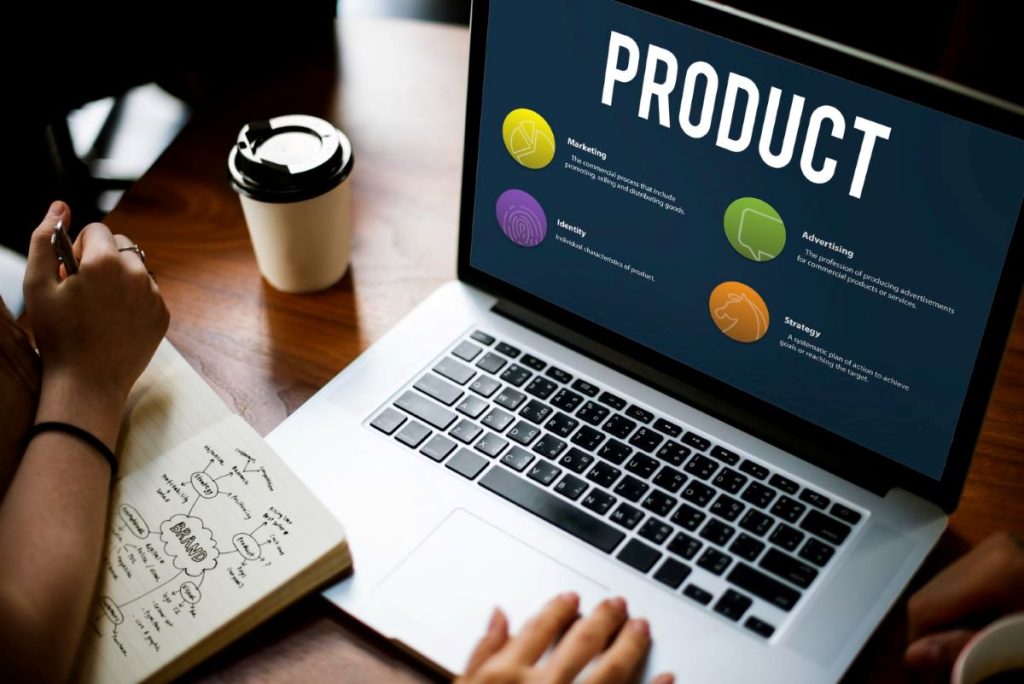Ecommerce business expansion is challenging. It can be difficult to get your product pages just right in particular.
You’re aware that your product pages ought should encourage more customers to add your (great) products to their shopping carts, but you’re not sure why or how to make that happen. It takes work to optimise a product page. In actuality, it’s a problem that many e-commerce businesses face.
Not to worry. We have them on speed-dial if you need help optimising your product pages thanks to Shopify’s Partner Programme.
Table of Content
- What is Product Page?
- What Makes an Excellent Product Page?
- 1. Does your Call to Action (CTA) Make Sense?
- 2. Connect Product Pages to Relevant Ads
- 3. Have you Taken any Outstanding Product Photos?
- 4. Do you Have Enough Details For the Price you’re asking?
- 5. Do You Have a Product Page with Strong Branding?
- 6. Do you Connect Your Versions’ Photos to Their?
- 7. Create a Succinct and Detailed Product Description.
- 8. Do you Provide Your Customers With the Proper Level of Detail?
- 9. Do you Have Social Proof or References?
- Optimize Your Product Pages Like a Pro
What is Product Page?
A product page is a specific web page on an online store or e-commerce website that features a specific product that is offered for sale. It is an essential part of any online shopping platform because it offers comprehensive product information, luring potential customers to make a purchase. The features, specifications, photos, and other critical information about the product are highlighted on product pages, making it simpler for customers to decide whether the item suits their needs and tastes.
What Makes an Excellent Product Page?
Product pages are easy in principle. You want to provide your ideal consumer with just enough information to enable them to make a purchase decision and persuade them that doing so will be beneficial to them.
According to Rosara Joseph, a content strategist at VentureWeb
The main objective of your product pages should be to increase user confidence by giving them all the information they need to make an informed decision and by making the purchasing experience as simple and easy as possible.
However, if you believe it is easier said than done, you are correct. So where do you even begin?
A truly outstanding product page is made up of these four components:
- Your brand
- Your products
- In your copywriting
- Design and user experience of your page
- Your brand: Your brand matters everywhere—from social media posts to email follow-ups—but it matters most on your product pages. Today’s consumer may never see your homepage before making a purchase from you, thus the branding on your sites is important.
- Your product: Since this is its time to shine, your product is obviously centre stage, but what exactly you’re offering may affect how it’s presented and the questions that potential buyers may have before making a purchase. It’s crucial to show how your product differs from those of your competitors.
- Copywriting: Your copywriting is crucial because it reflects your brand’s distinct voice and tone while also providing your customers with the textual information they require. Ecommerce content and copywriting are extremely important for increasing conversion rates and SEO.
- Design & user experience: All of these factors will influence your page design and user experience, but there are subtleties involved, especially from the user’s viewpoint. Your conversion rates may be significantly impacted by the page’s layout and content. Using high-quality product photos and even customer reviews to display your products will increase conversions and all of your analytics.
One of the best investments you can make is in an optimised product page.
1. Does your Call to Action (CTA) Make Sense?
On a product page, your only objective is to persuade the customer to click “Buy” (or “Add to Cart,” or whatever your primary call-to-action button is labelled). Because of this, Maria Bonello, Director of Strategy at SMAKK Studios, advises that you begin by creating a new product page if you need to troubleshoot an existing one.
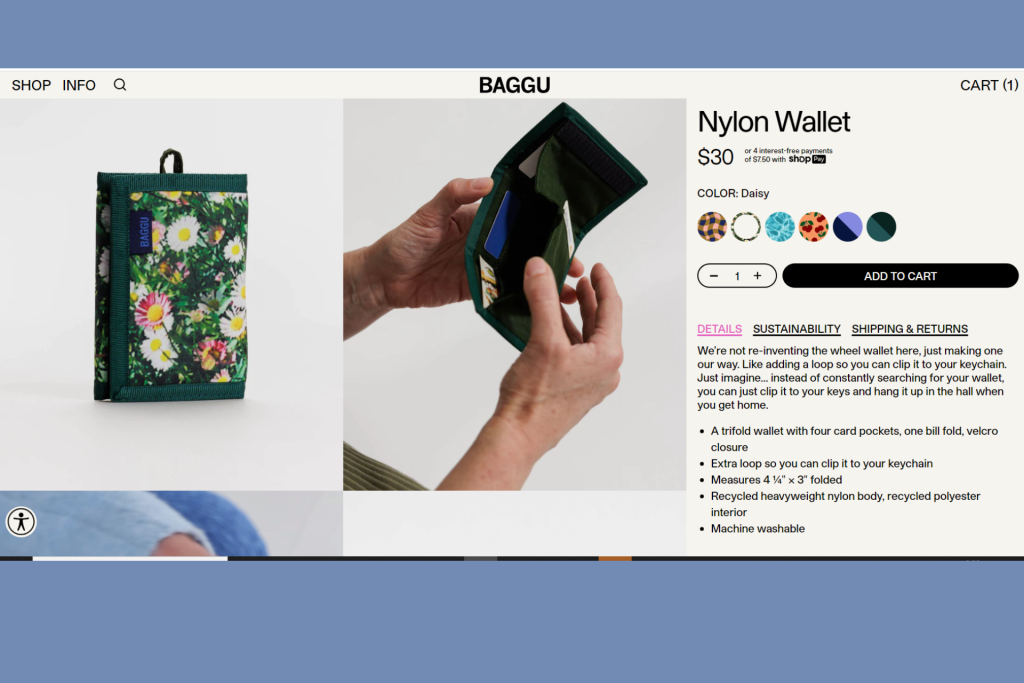
You can see that nothing in this area of the website is diverting your attention away from the reason you are there, and the CTA button occupies a lovely centre stage position above the fold. Which is purchasing.
Courtney Hartmann Tisa from Internet Marketing Inc. provides some further authoring guidance to complement the clarity approach.
“With CTAs, don’t strive to be clever. Direct ‘Add to Cart’ or ‘Submit Order’ works just well.
“With CTAs, don’t strive to be clever. “Add to Cart” or “Submit Order” direct buttons work. There are appropriate times and places for clever branding and copywriting (which we’ll discuss in a moment), but you should be careful to avoid confounding someone who is simply trying to buy your products.
While there are several other factors contributing to Apple’s success, they excel at inspiring their followers to take action. Usually, simplicity comes out on top.
2. Connect Product Pages to Relevant Ads
According to HigherVisibility, which includes Google and Statista among others, about 24 percent of e-commerce traffic comes from sponsored search ads. This emphasises how crucial it is to link product pages to carefully designed advertisements. For genuine advertising, “what you see is what you get” is essential. Utilising a sizable database of previously published advertising, retailers can create and optimise several ad versions using technologies driven by artificial intelligence. In addition to saving time, this produces advertising with a greater CTR and cheaper cost per click (CPC) than those made manually.
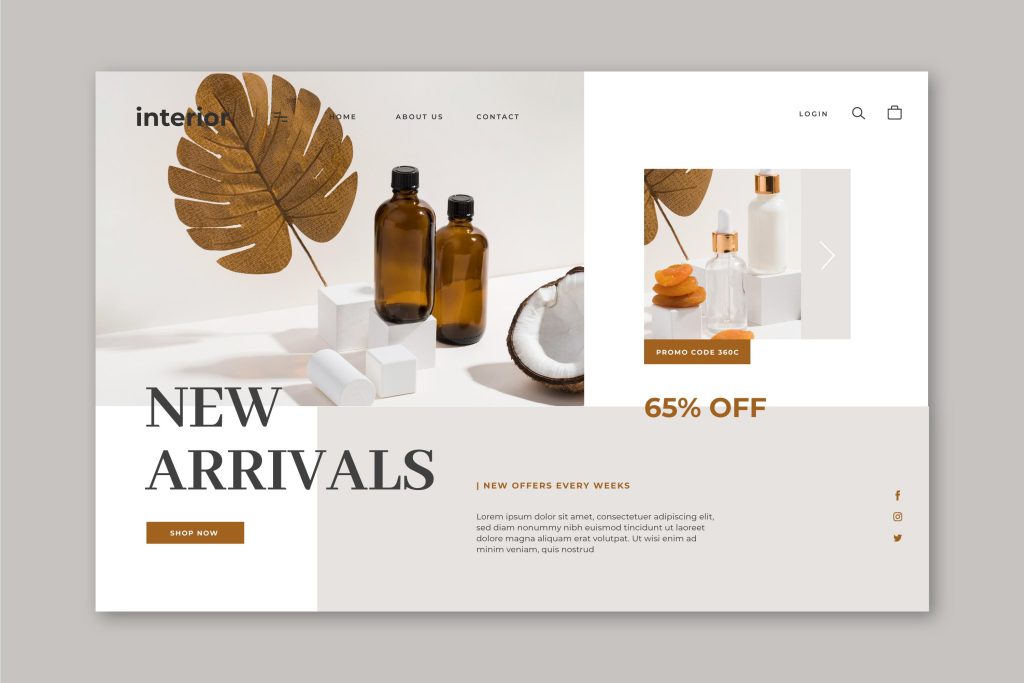
3. Have you Taken any Outstanding Product Photos?
The benefits of creating an online store are numerous.
You can market to everyone! You don’t have a retail space’s expensive overhead!
However, setting up an online store has a few significant drawbacks, one of which is that your buyers typically cannot physically see, touch, taste, or use your products before making a purchase.
This explains why product photography is so important for your product pages and why practically every expert we talked to mentioned it as a crucial component of creating a strong page.
When it comes to ecommerce, people DO evaluate a book by its cover, so invest in quality product photography, advises Mark Perini, founder of ICEE Social. “My experience as a web designer has taught me that, so invest in solid product photography,” he adds.
In case you’re still on the fence about spending money on your photographs, stunning product photos have an influence that extends far beyond your product pages.
Make sure you are seen in the best possible light by making your products stand out since they will appear on a variety of websites throughout the internet (social media, Google Search, Bing, Ads, and social recommendation sites).
To raise your search engine ranks, you must use high-quality photos. In addition to enhancing your branding, search engines adore being able to show high-quality images in search results.
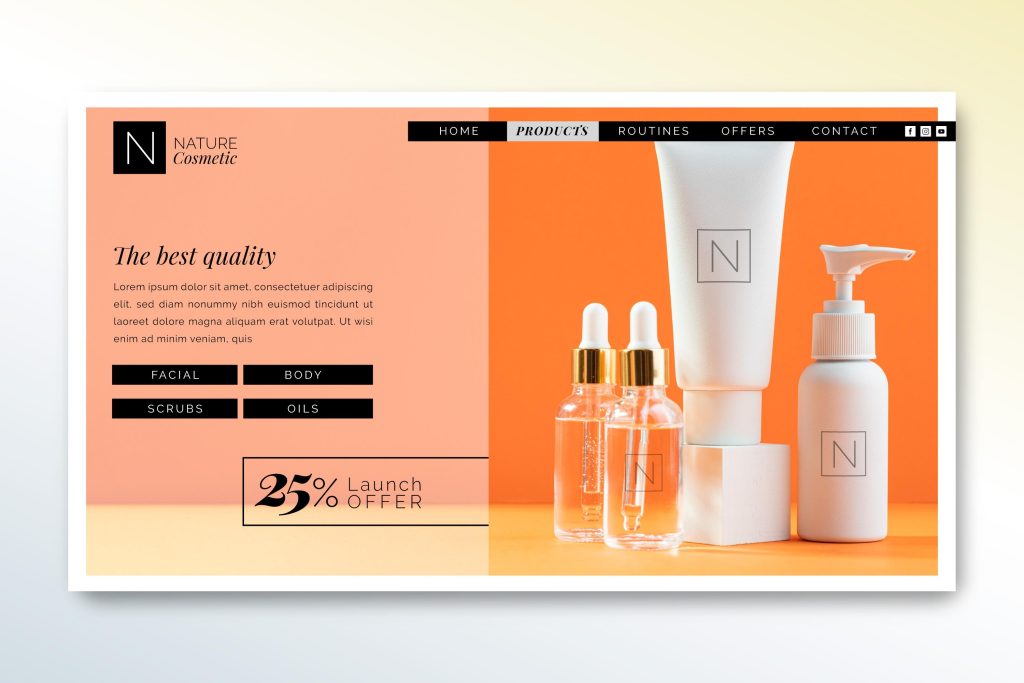
4. Do you Have Enough Details For the Price you’re Asking?
You might not require as much detail as you would for a premium item if you’re selling at a low price point. However, if your product is on the more expensive (and luxurious) end of the spectrum, you’ll need to consider that while you’re writing your product page.
“You need to ensure that your copy will help you support that pricing if you have a straightforward product with a somewhat high price point. Make sure you accurately describe the components, the history, and the motivation behind this product.
“Often, business owners assume that their clients are as knowledgeable and knowledgeable about their products as they are, but this couldn’t be further from the reality. Instead of assuming that your customer already understands your product or why you are acting the way you are, you should make every effort to clearly express the quality and worth of your offering.
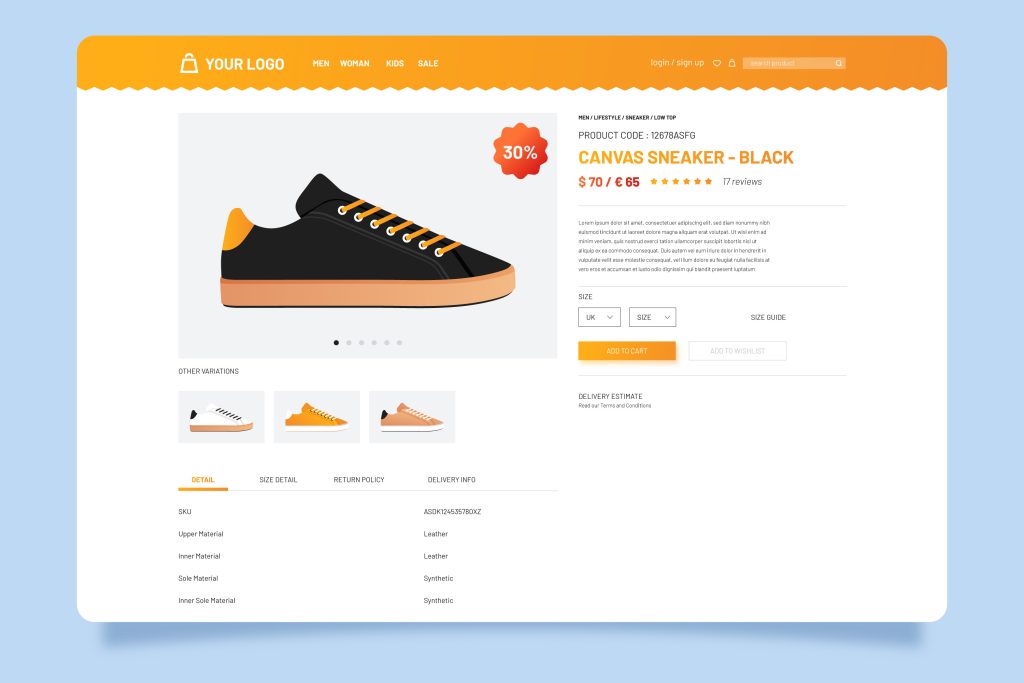
5. Do You Have a Product Page with Strong Branding?
Your brand extends beyond your logo and social media visuals. It contains everything you believe in, who you serve, and the motivation behind your actions (and, yeah, graphics are important too!) According to Mark Perini, founder of ICEE Social, your brand may make or destroy your product pages.
“Your ability to incorporate your brand’s DNA into the page will make the difference between creating a mediocre product page and a fantastic product page. I want to know about your brand in two seconds as a visitor as soon as I get on the product page.
So how do you go about doing that? Perini suggests a little mental exercise to get you started.
Put your brand in the best possible light if you’re beginning from scratch on a product page because some people may never see your homepage (whether they’re referred over from your social networking sites, a landing page, or an article).
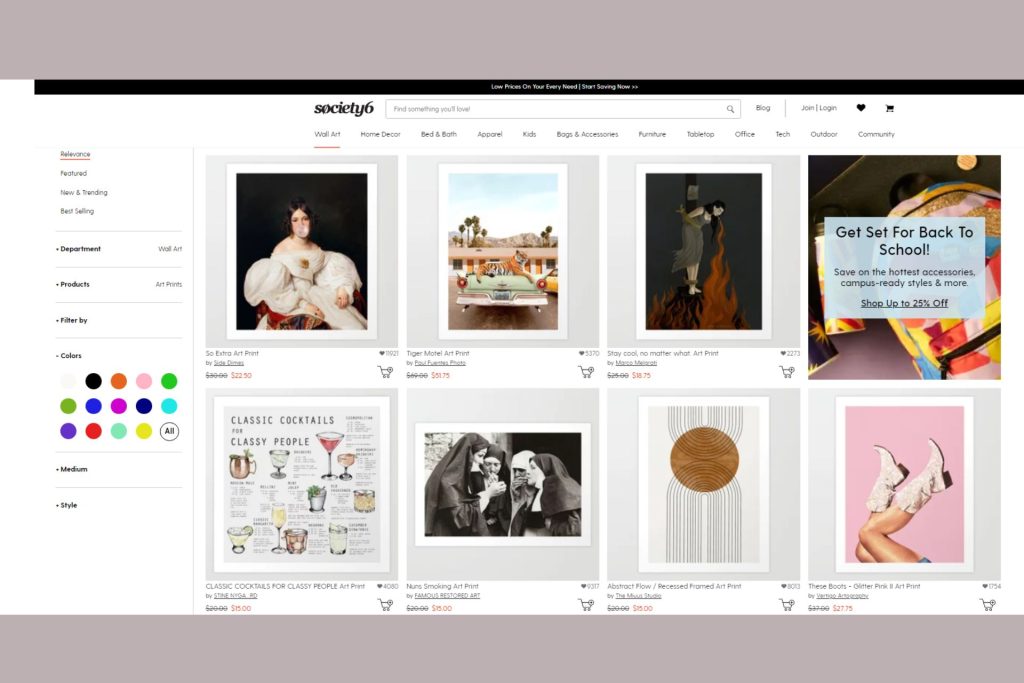
6. Do you Connect Your Versions’ Photos to Theirs?
Naming your product variations (colours, smells, etc.) is a terrific approach to give your products some individuality.
However, if you go too far, your potential clients might not be aware of what “Frosted Dreamscape” genuinely appears to be on a shirt. Is that pink? White? Multicolor? Transparent?
According to Alan Schaffer, Director at Bismuth Studios, linking your photos to your product variants is crucial and can boost conversions on your product pages.
“One of the most typical errors I see people making is not attaching images to your versions. It can be challenging for clients to choose the proper colour because many individuals give their colours weird names.
As long as it is accompanied with an equal amount of clarity, personality is fantastic.
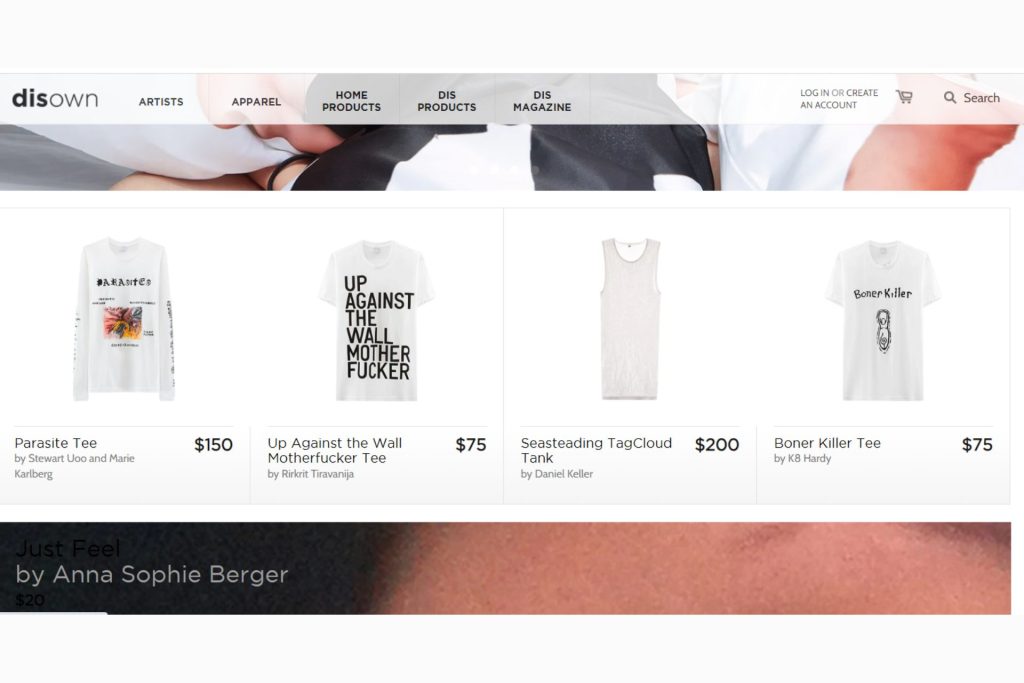
7. Create a Succinct and Detailed Product Description.
It’s a good idea to write two version of a product description while you’re writing one.
As soon as a visitor lands on the product page, a short description will be displayed. Additionally, it can be used as a product description in categories.
When a buyer first arrives at a page, they are typically not prepared to read the entire product description. Because of this, it’s best practise to include a short description description initially.
After a visitor becomes familiar with the main features of a product, the full description is typically located under the short version and opens upon button click. Don’t forget to use both short-tail and long-tail versions of your target keywords in your description. The whole description should be between 305 and 400 words long.

8. Do you Provide Your Customers With the Proper Level of Detail?
The amount of content you have on your product page can be influenced by your product, its pricing, and other factors, but your consumers are always the most crucial element.
According to VentureWeb’s Rosara Joseph, you must offer sufficient content for every customer, regardless of whether they are already knowledgeable about the things you sell or are only beginning to do so.
“Information geared towards your current and potential clients must be included on your product pages. Some of your customers will be specialists in the kinds of products you sell, while others will have less prior expertise. Without being patronising or talking down to your users, make sure the information you give is helpful and understandable for as many people as possible.
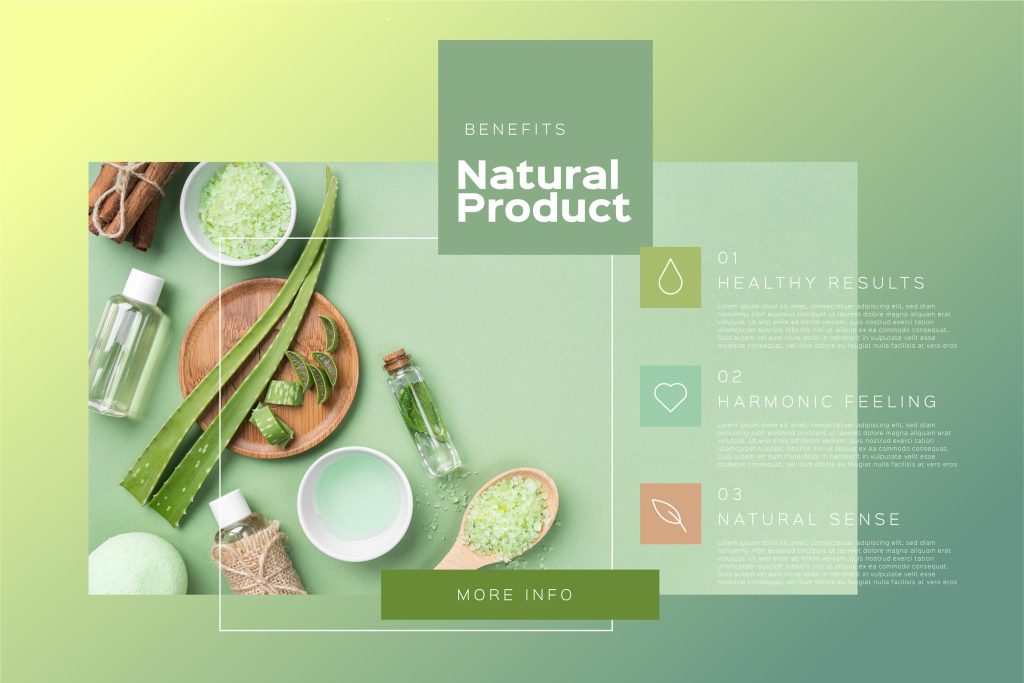
9. Do you Have Social Proof or Reviews?
A landing page is ultimately a product page, so you may borrow some of the greatest strategies from more “traditional” landing page guidance. Without social proof, a landing page wouldn’t be a landing page, and the same is true of your product pages.
Social proof increases credibility and unquestionably increases conversion. First-person testimonies, Instagram photographs, and reviews are excellent ways to increase consumer confidence and promote purchasing behaviour. Giving customers a reason to believe, particularly for new brands, adds a degree of trust to the purchasing process.
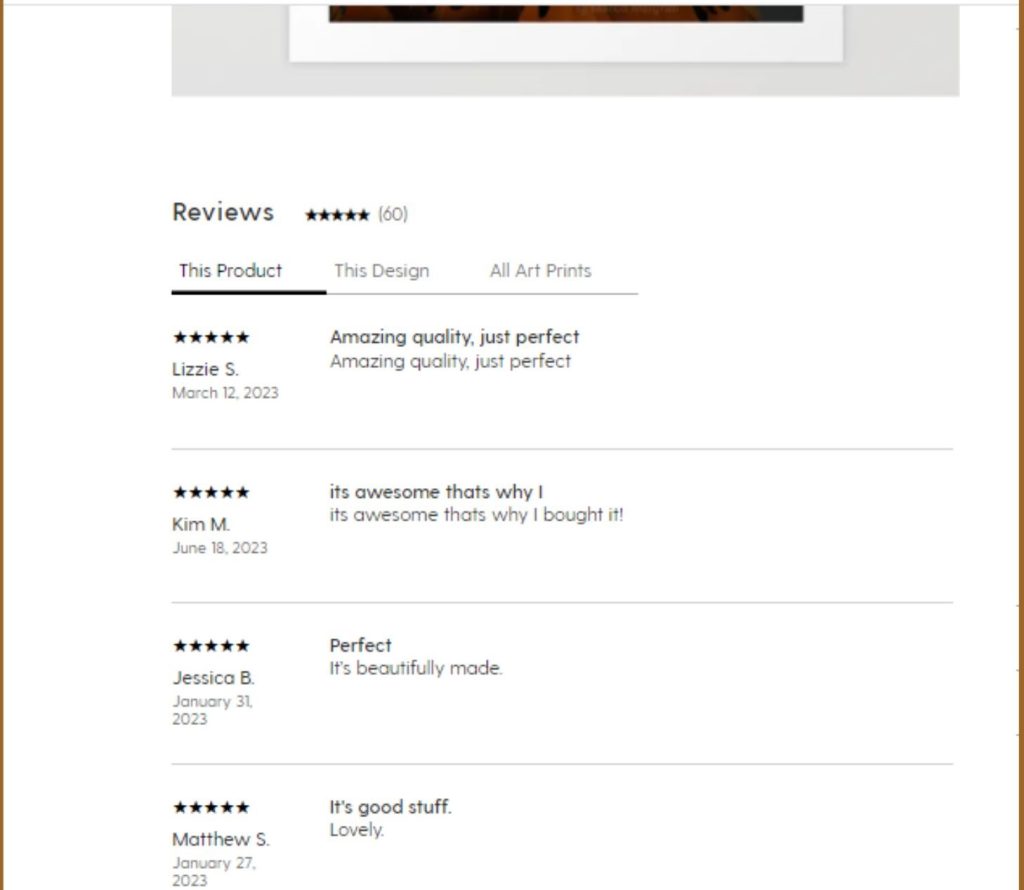
Optimize Your Product Pages Like a Pro
Creating conversion-optimized product pages is an art that calls for certain qualifications, expertise, and a commitment to excellence.
Your optimisation efforts can benefit from the collective of product page service providers on Fiverr. Allow them to take care of the time-consuming labour while you focus on other important responsibilities for your e-commerce firm.
Join us as you begin your Shopify journey
We are e-commerce specialists and Shopify Partners. Get in touch with us if you need assistance with Shopify, need a whole website built, or have any other general questions.

